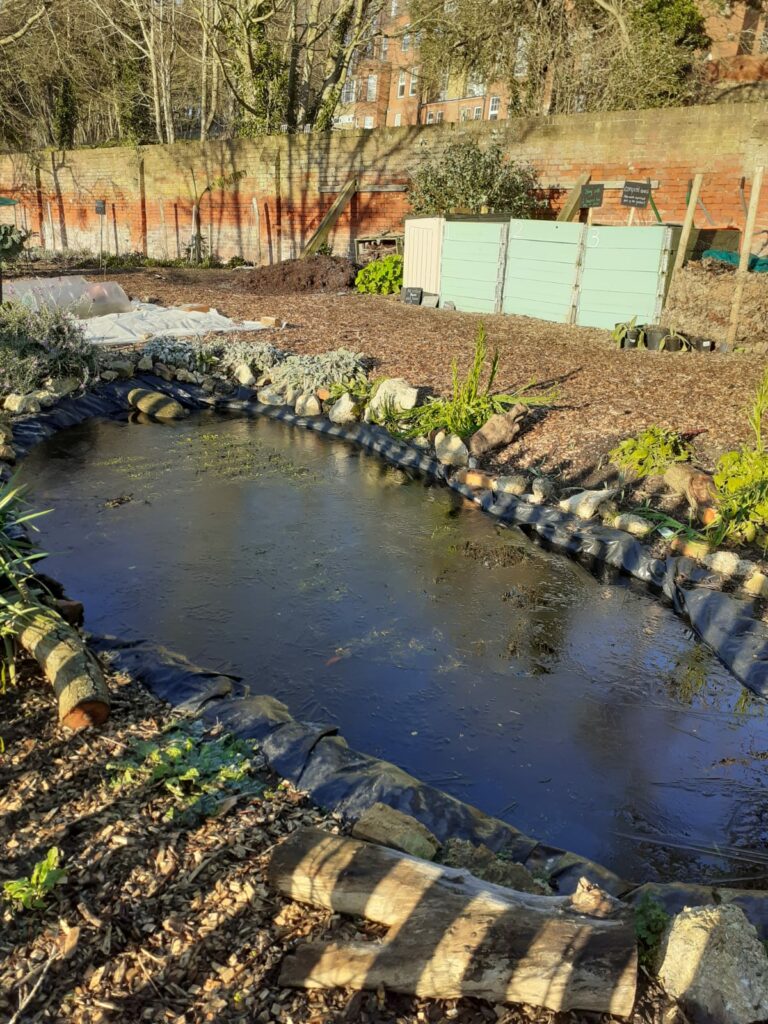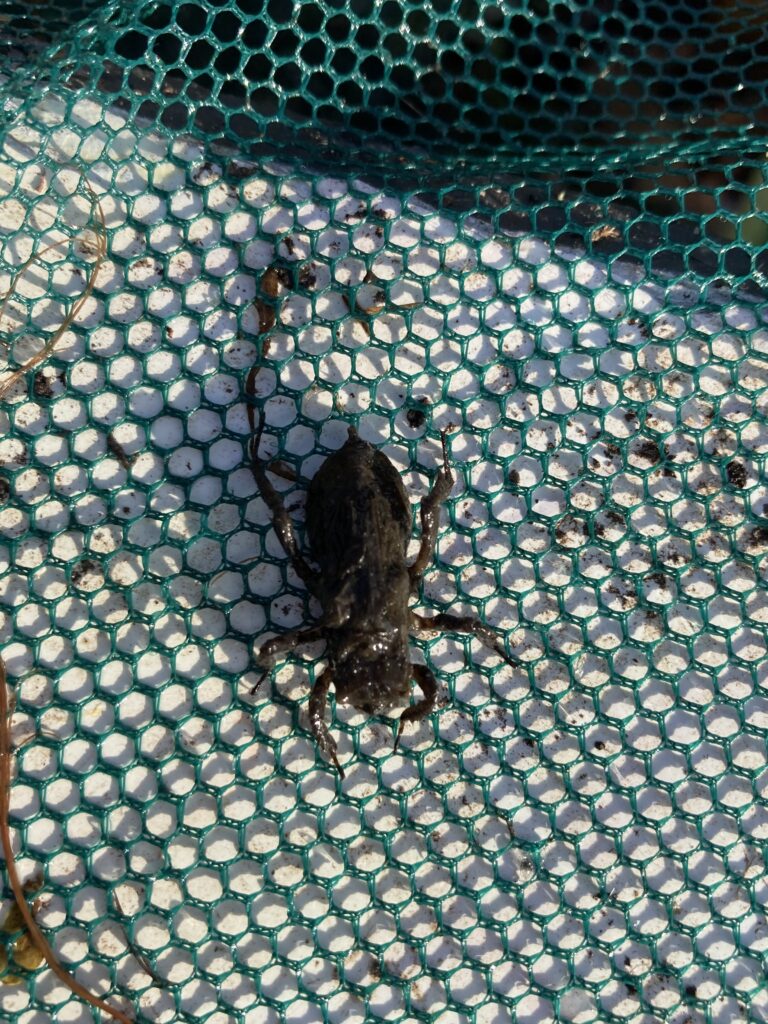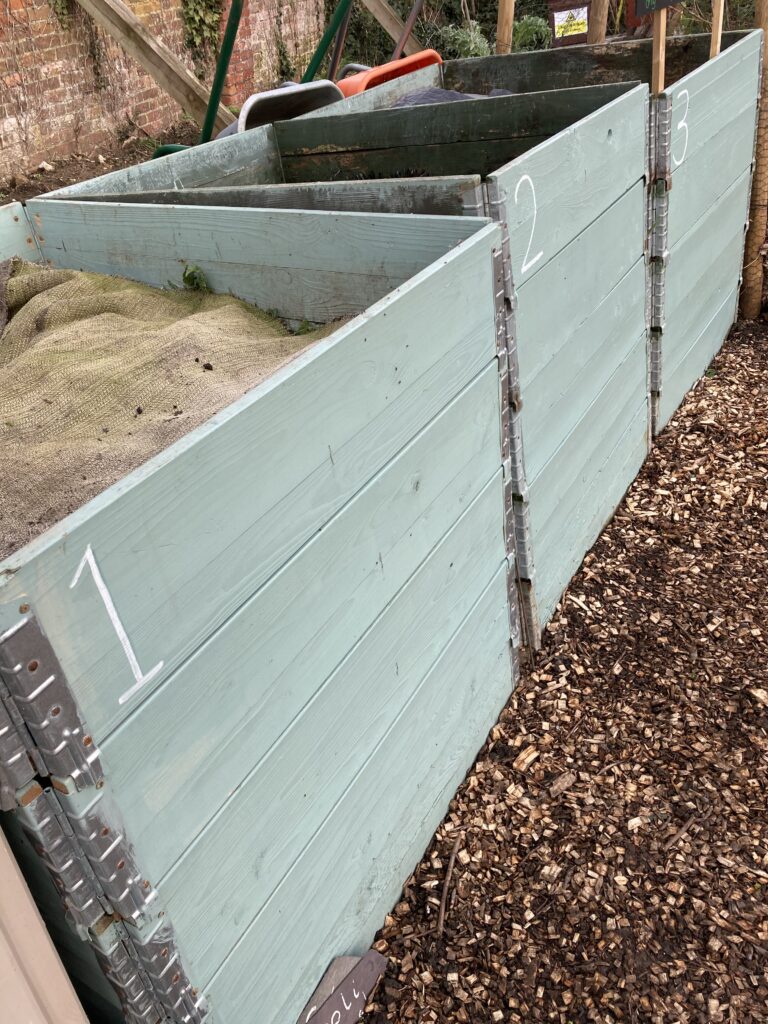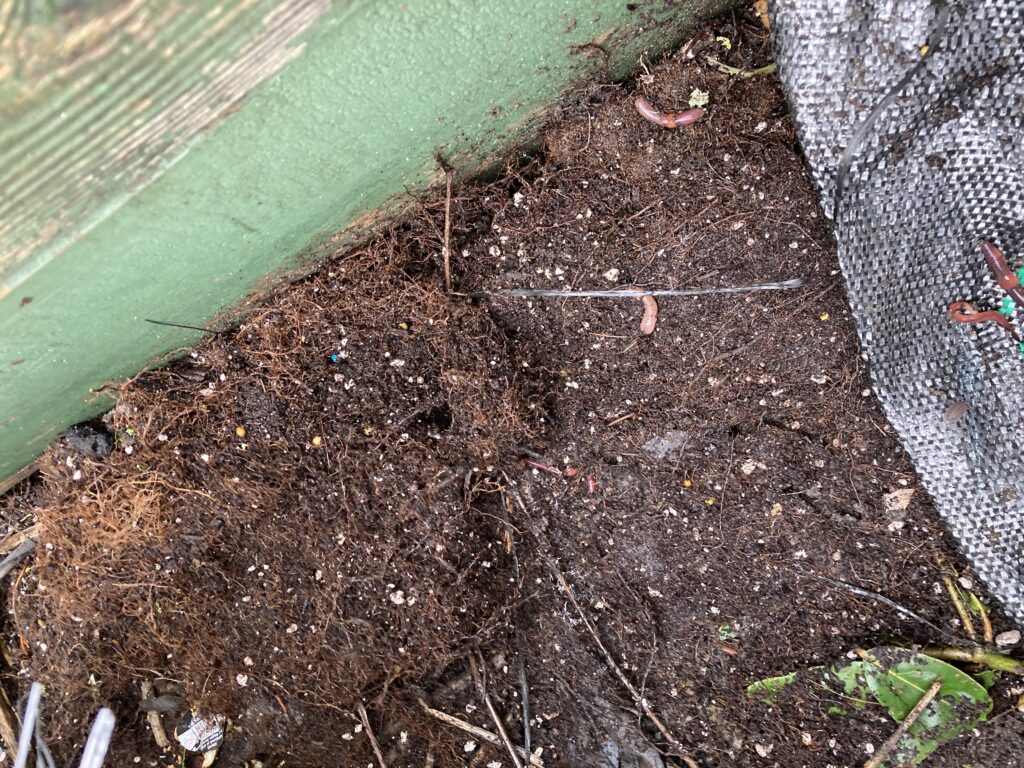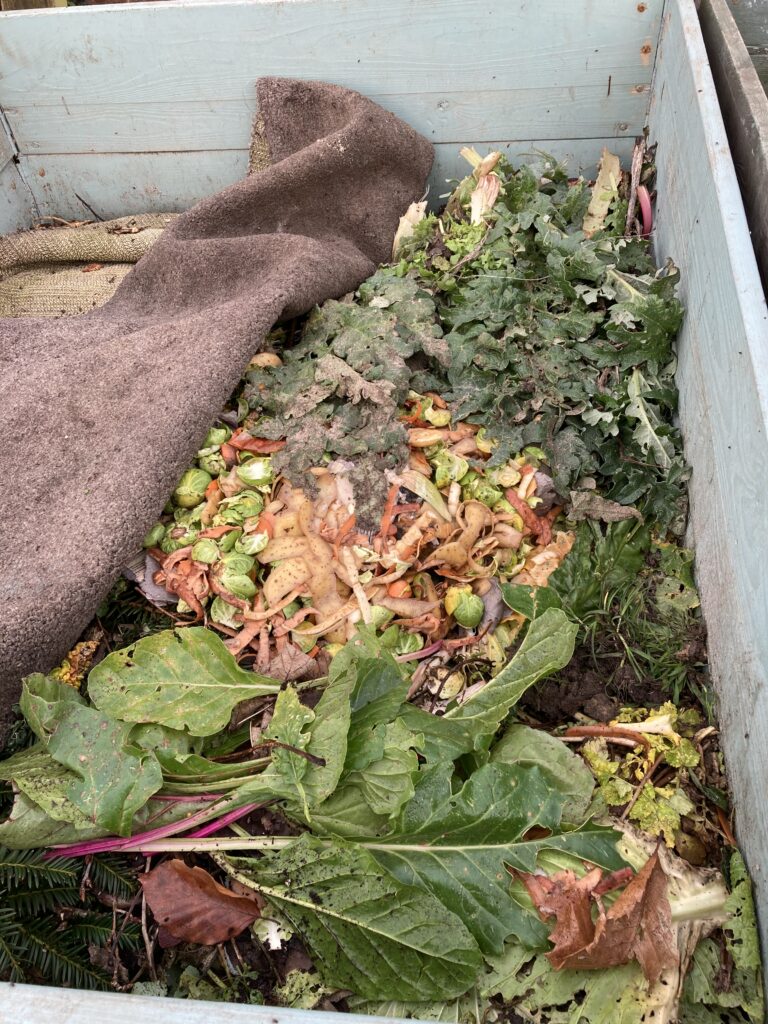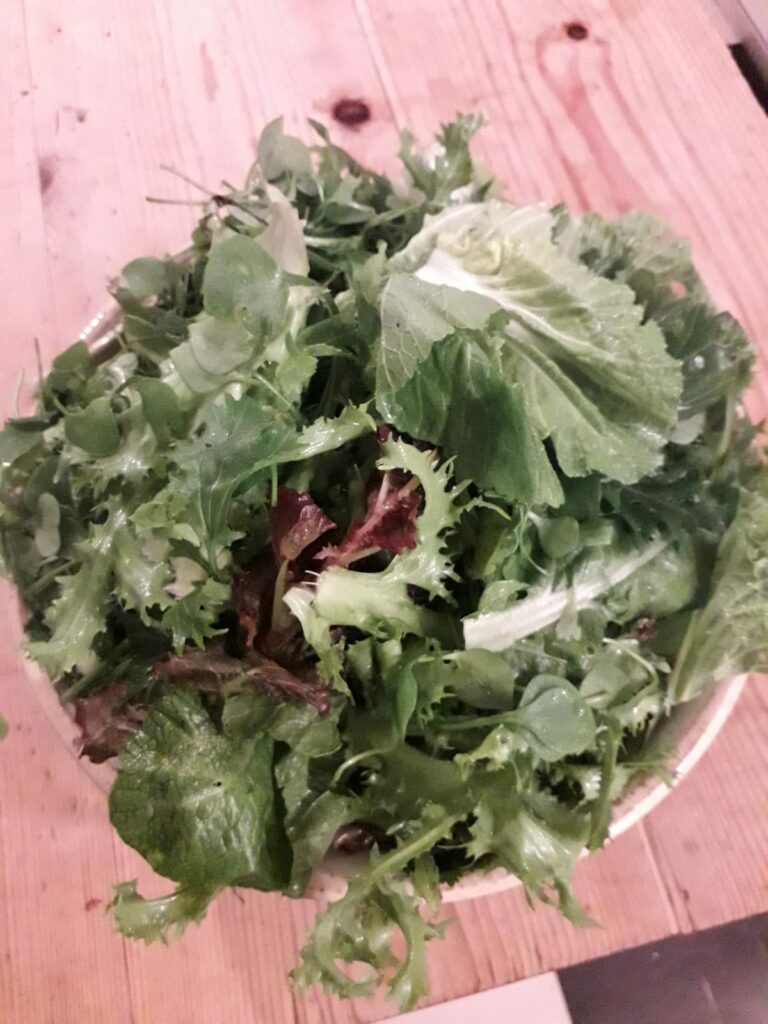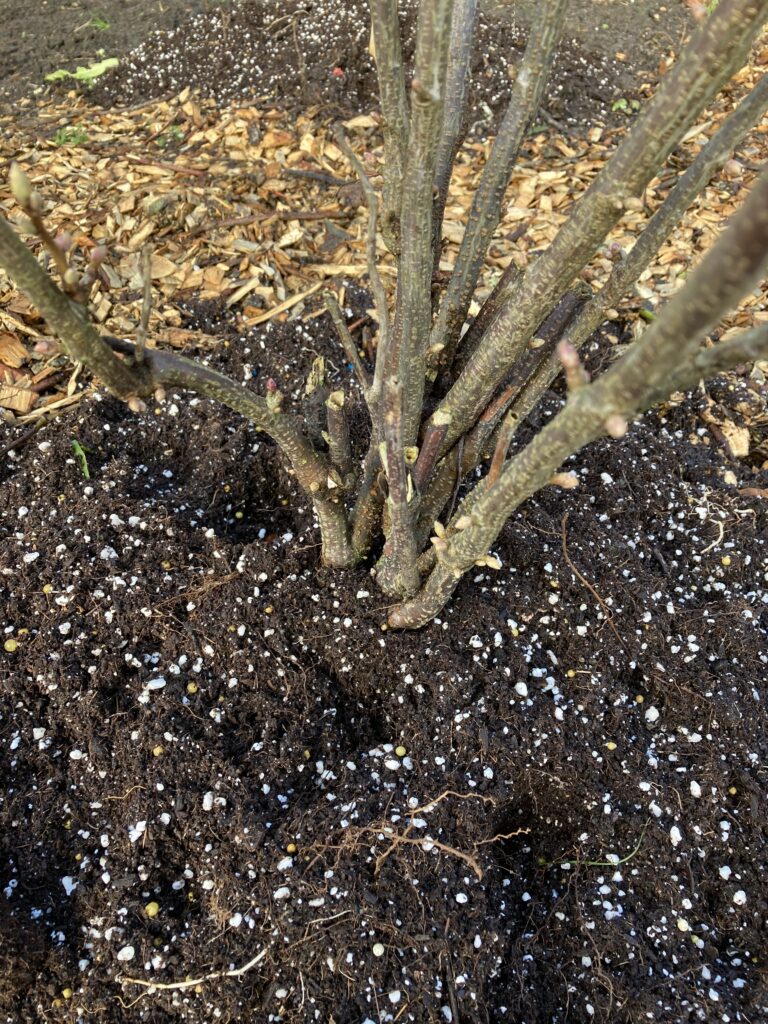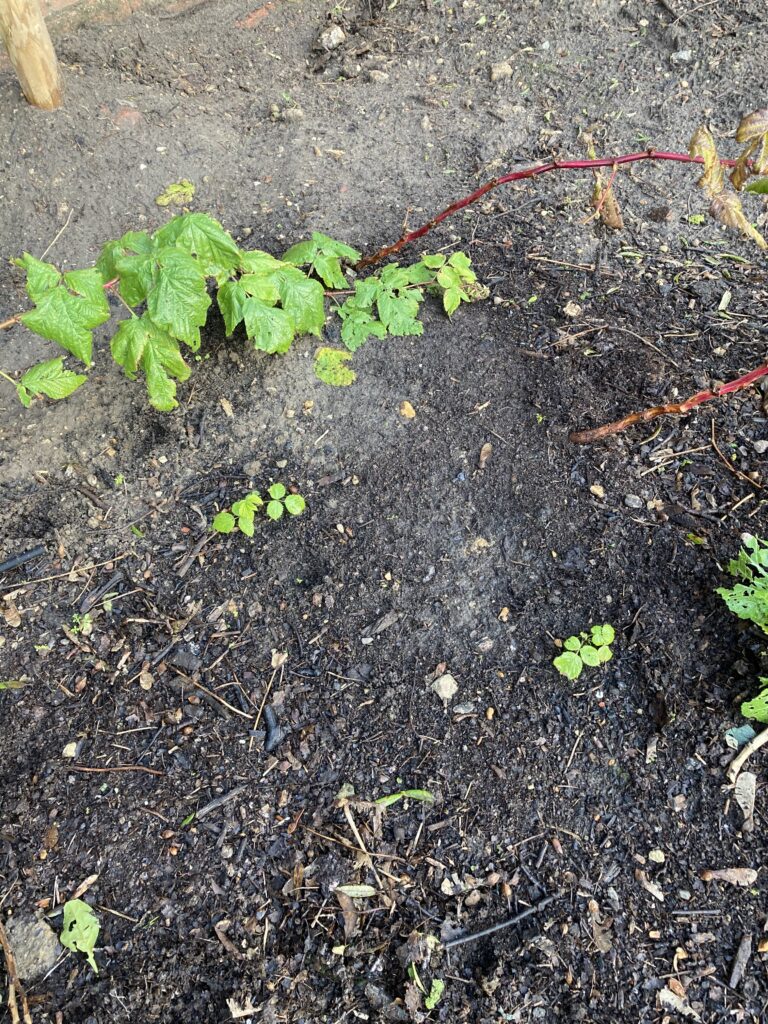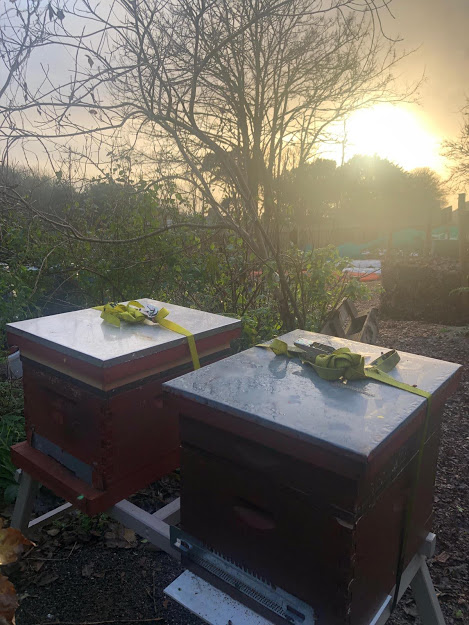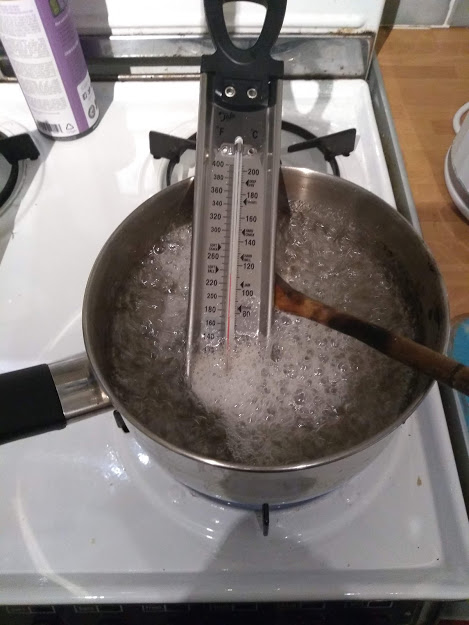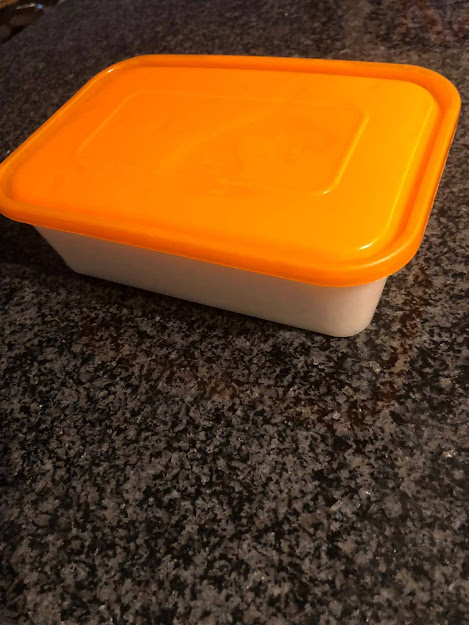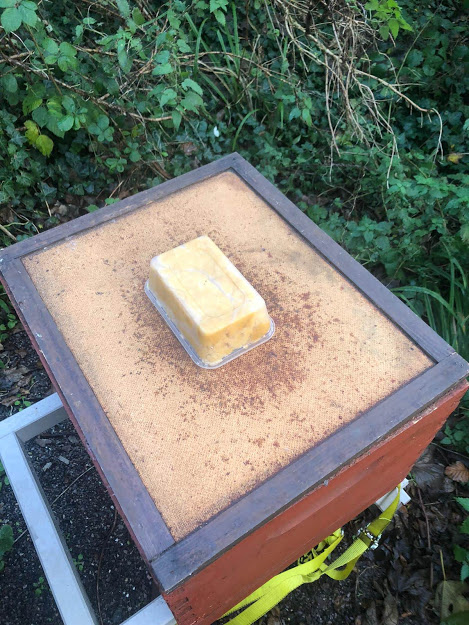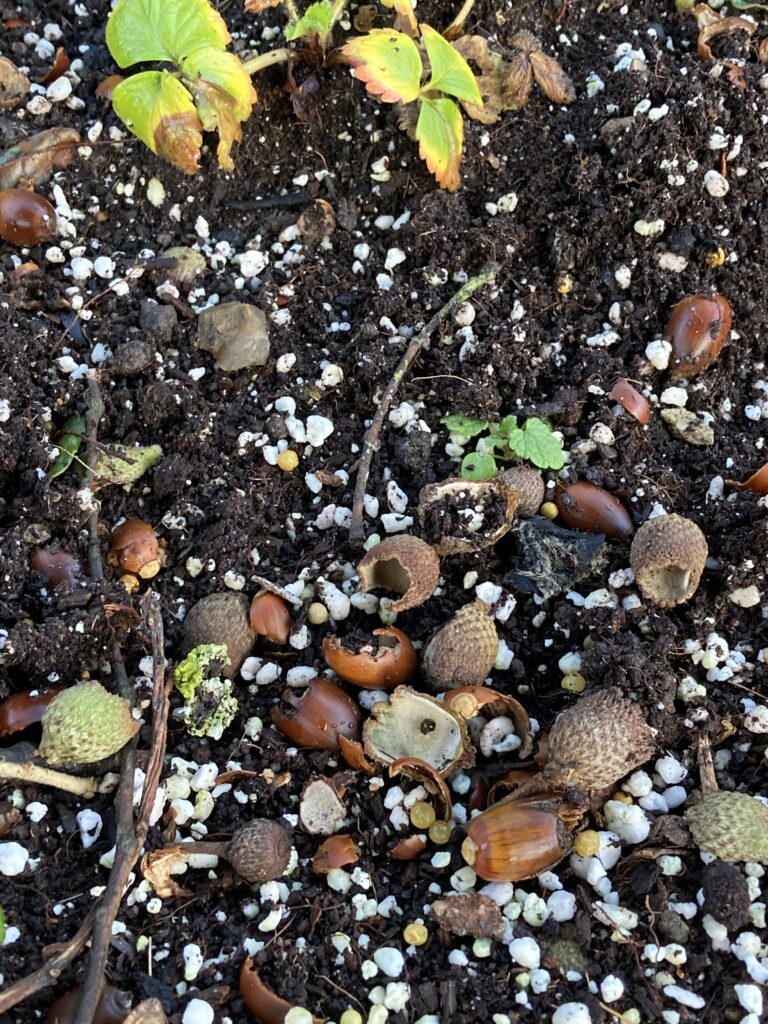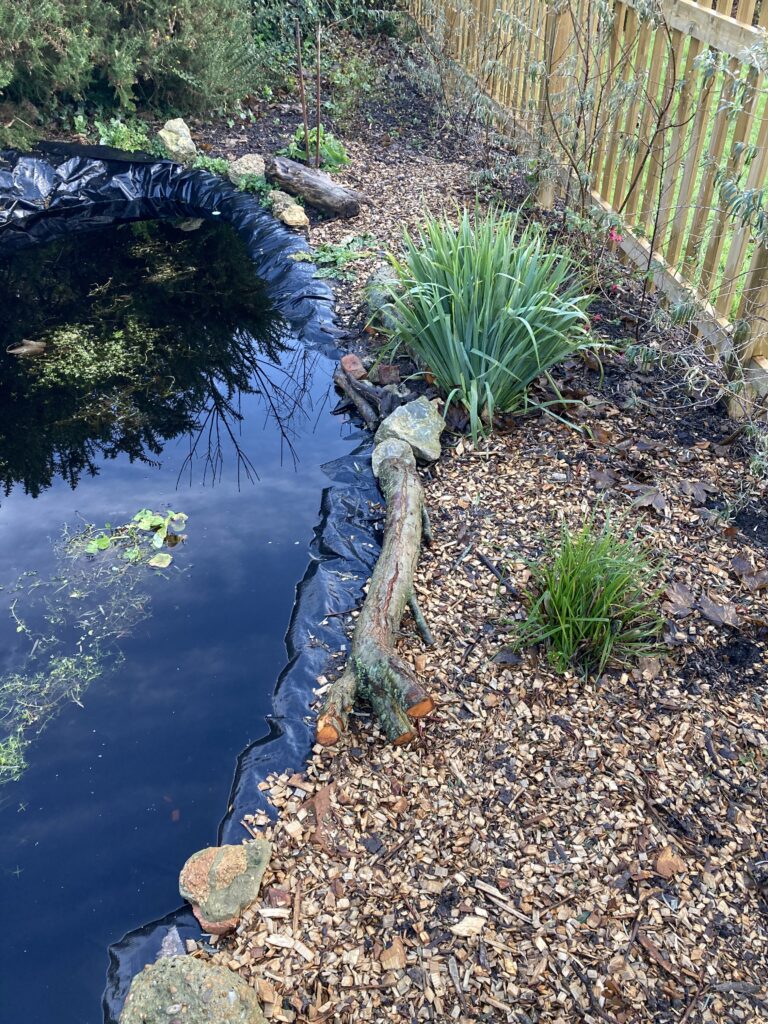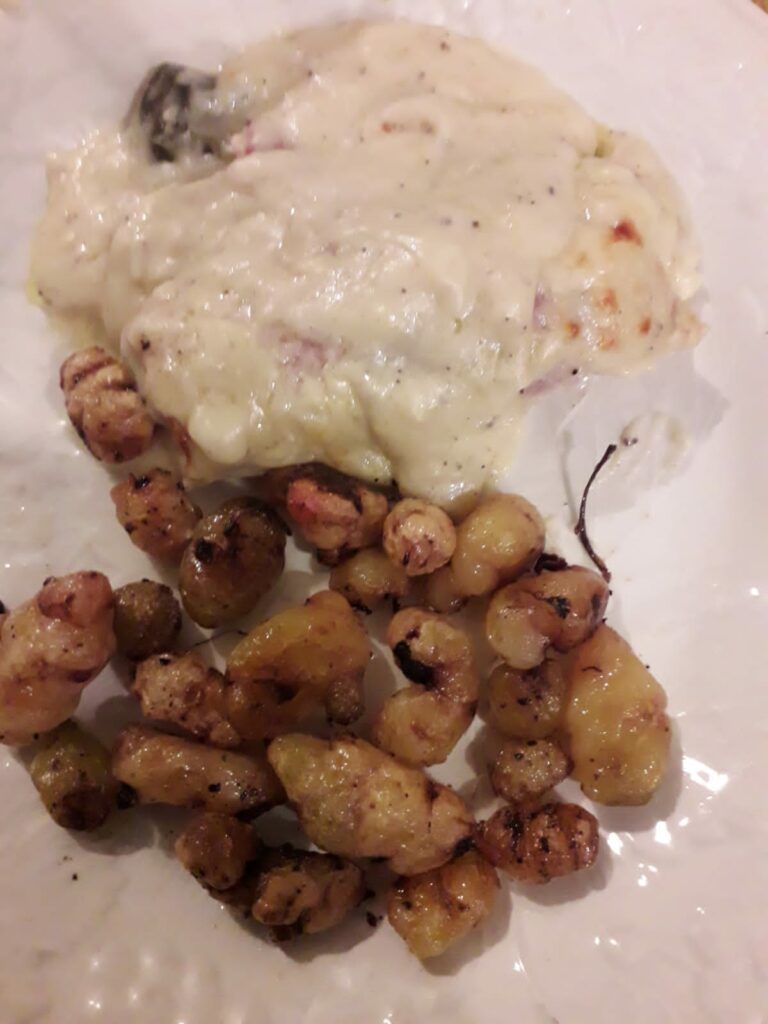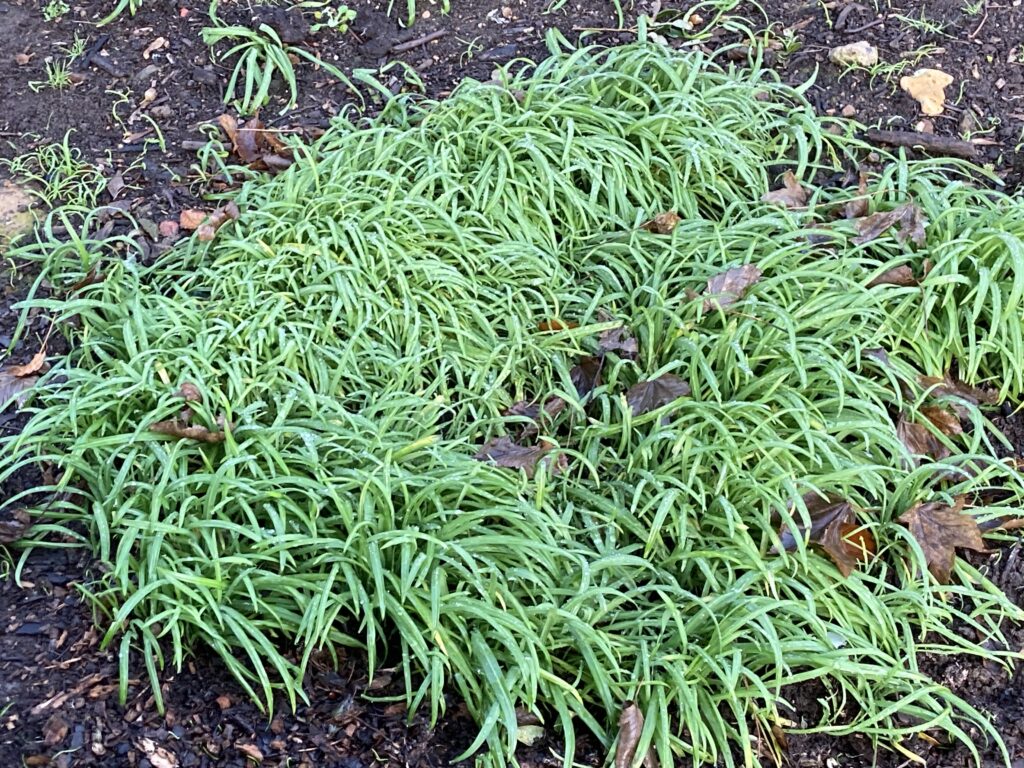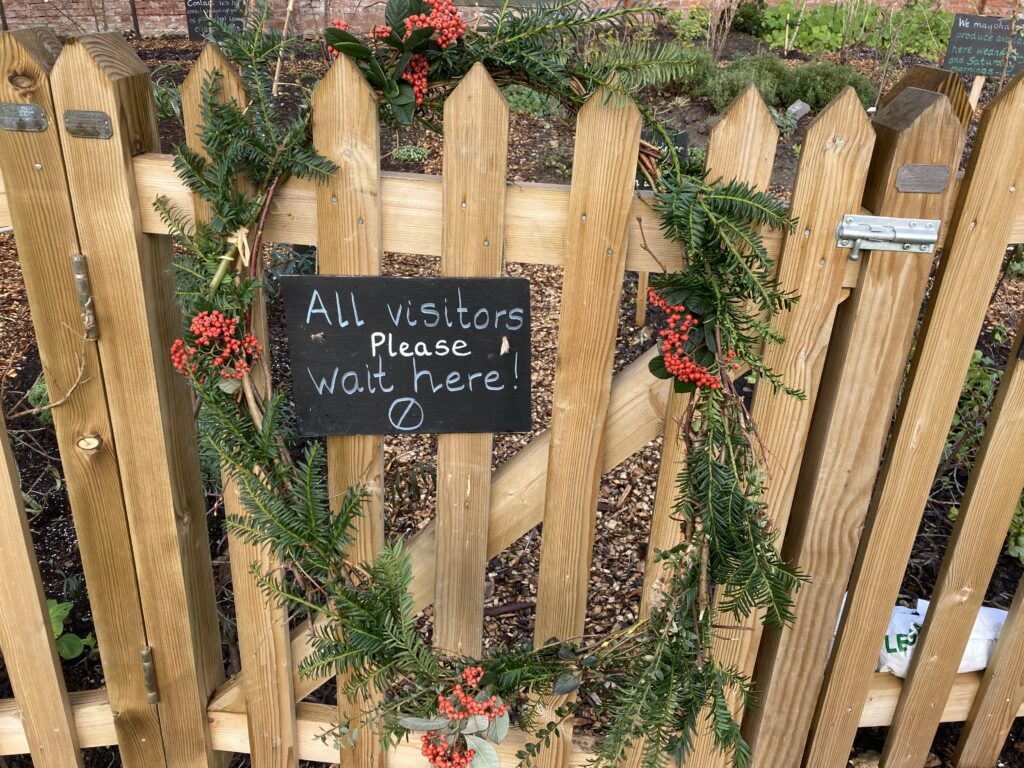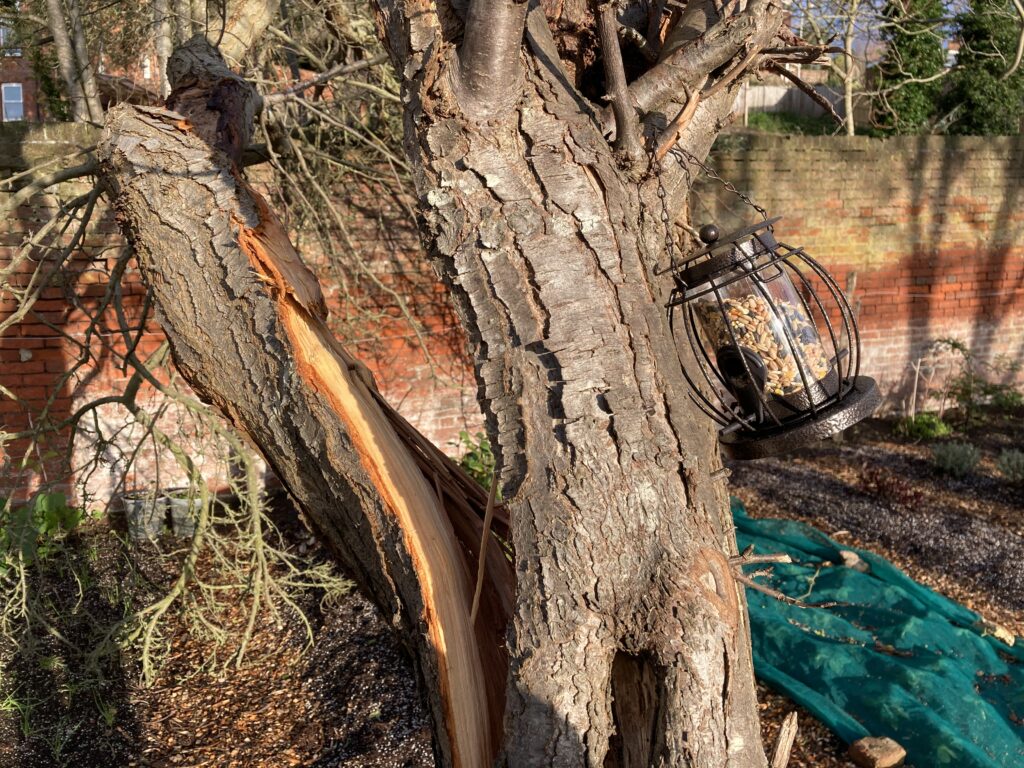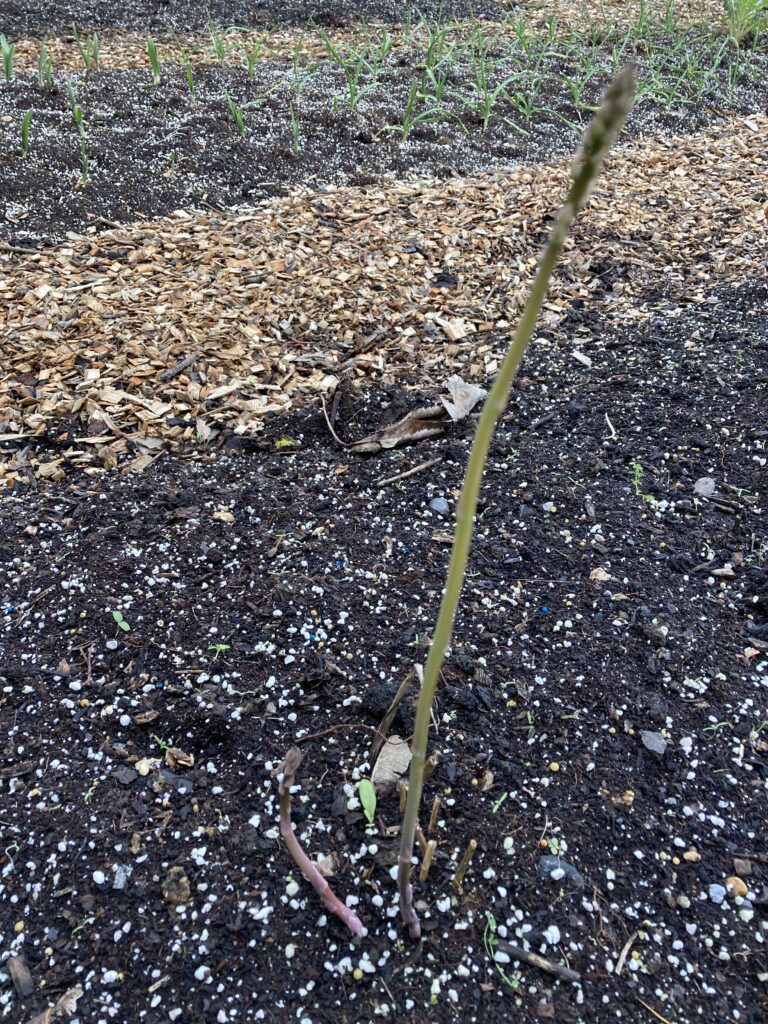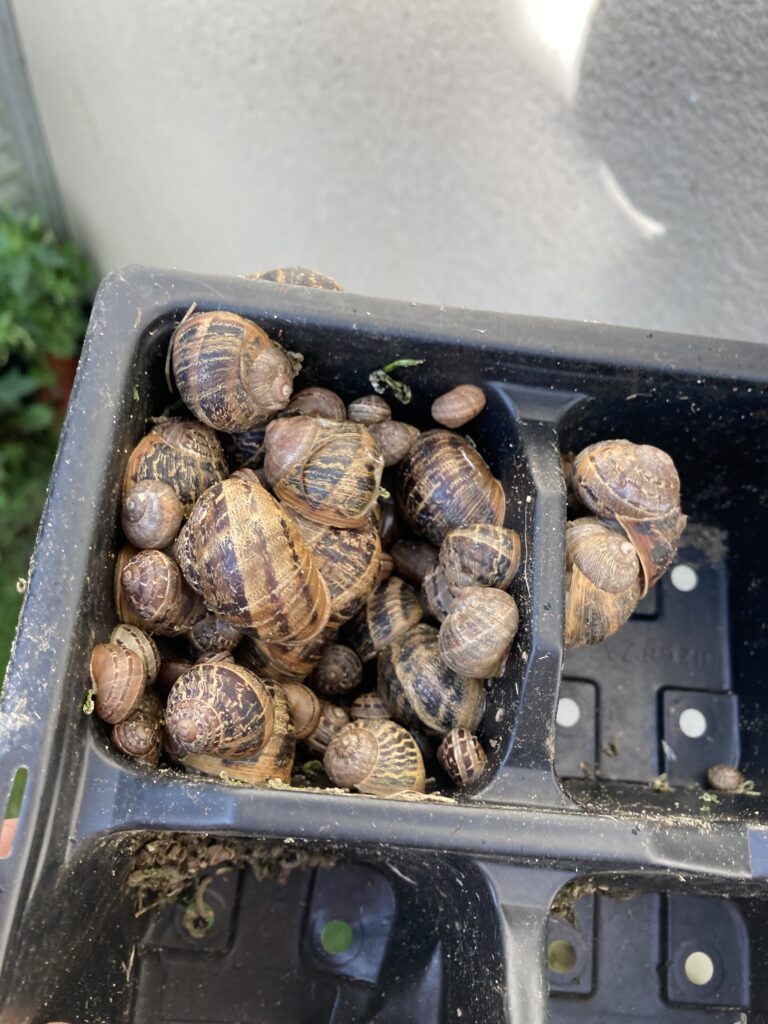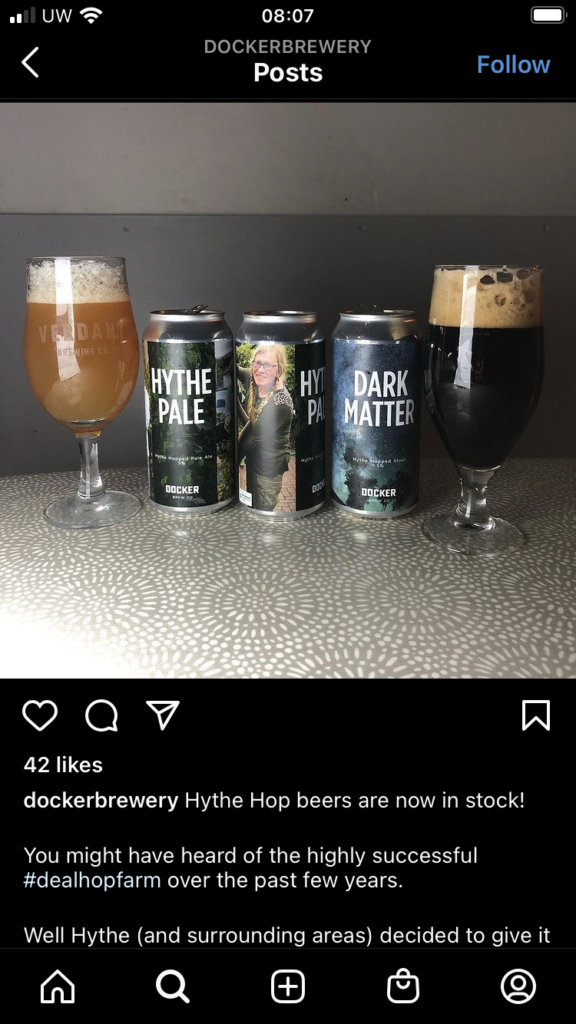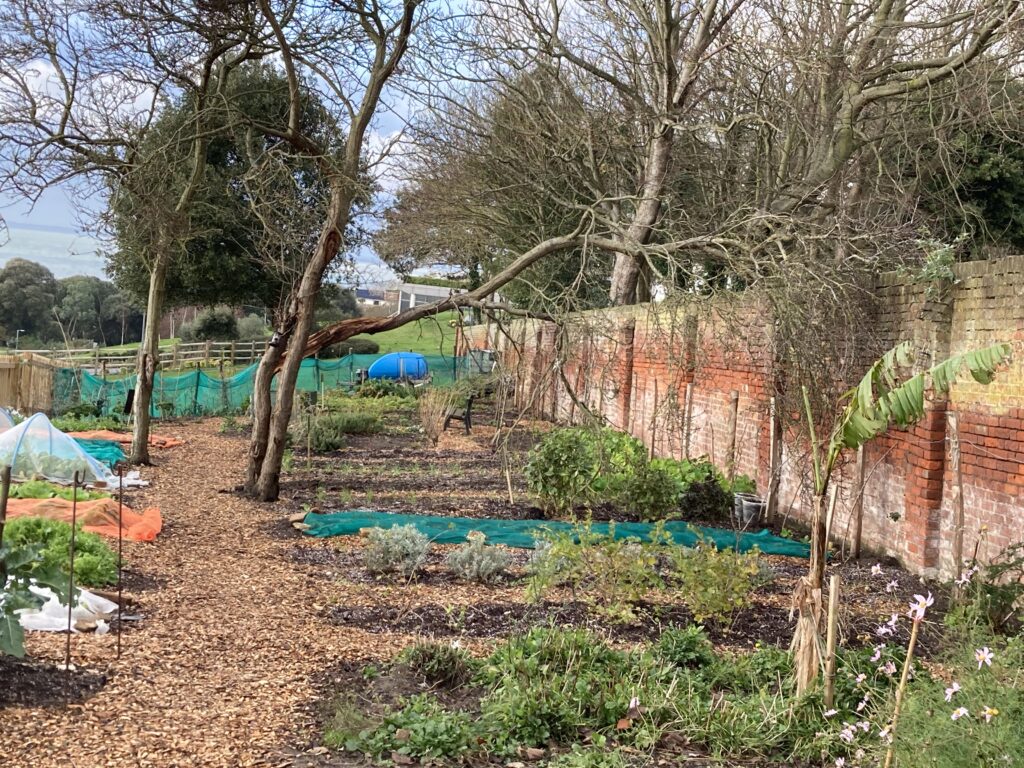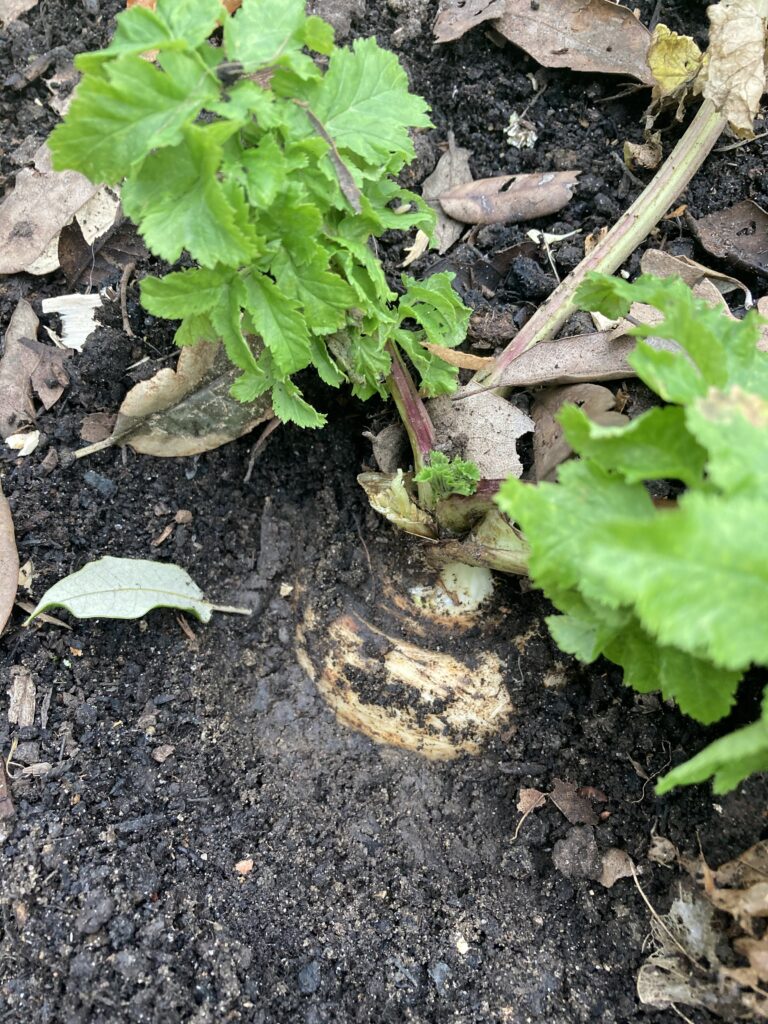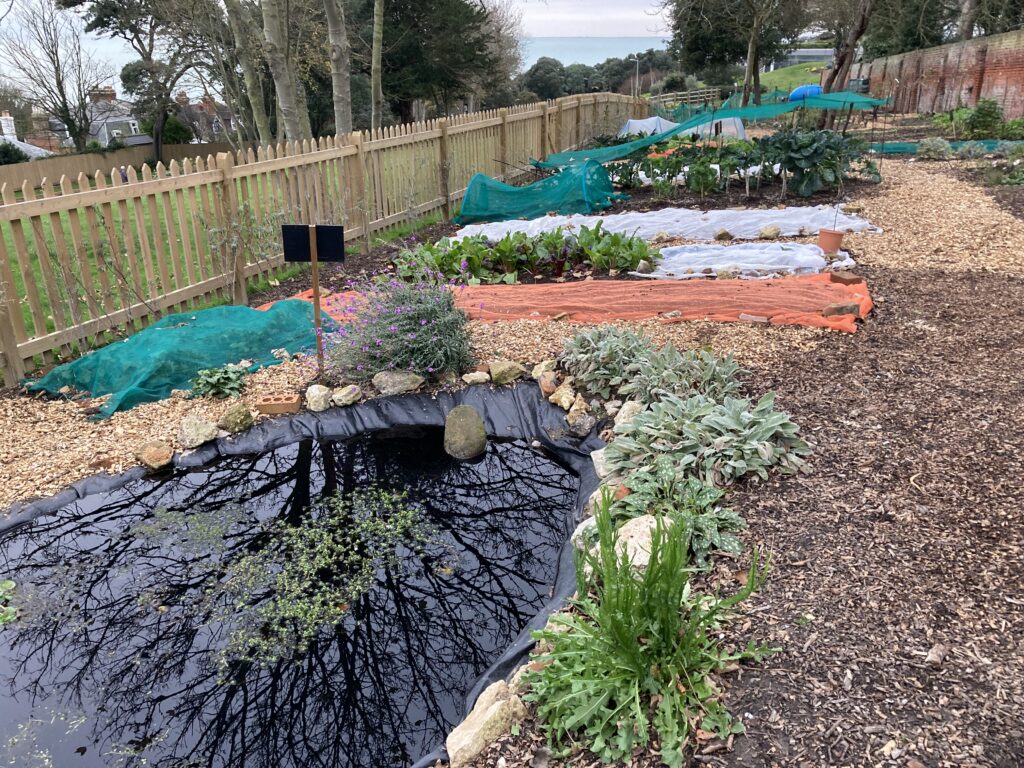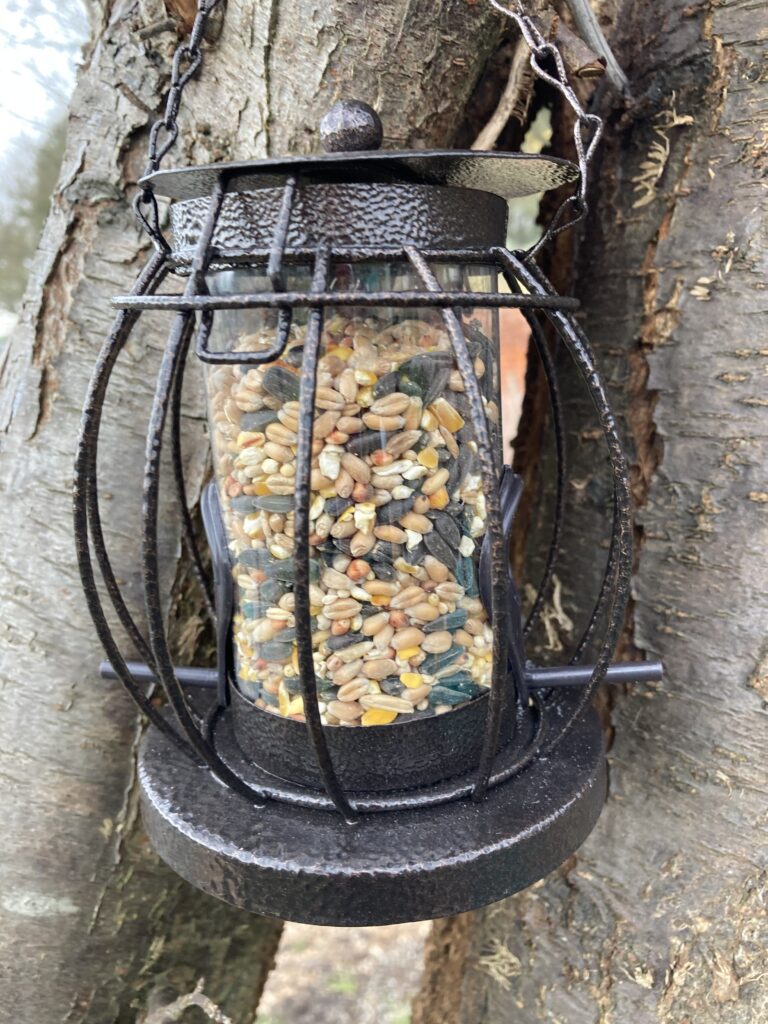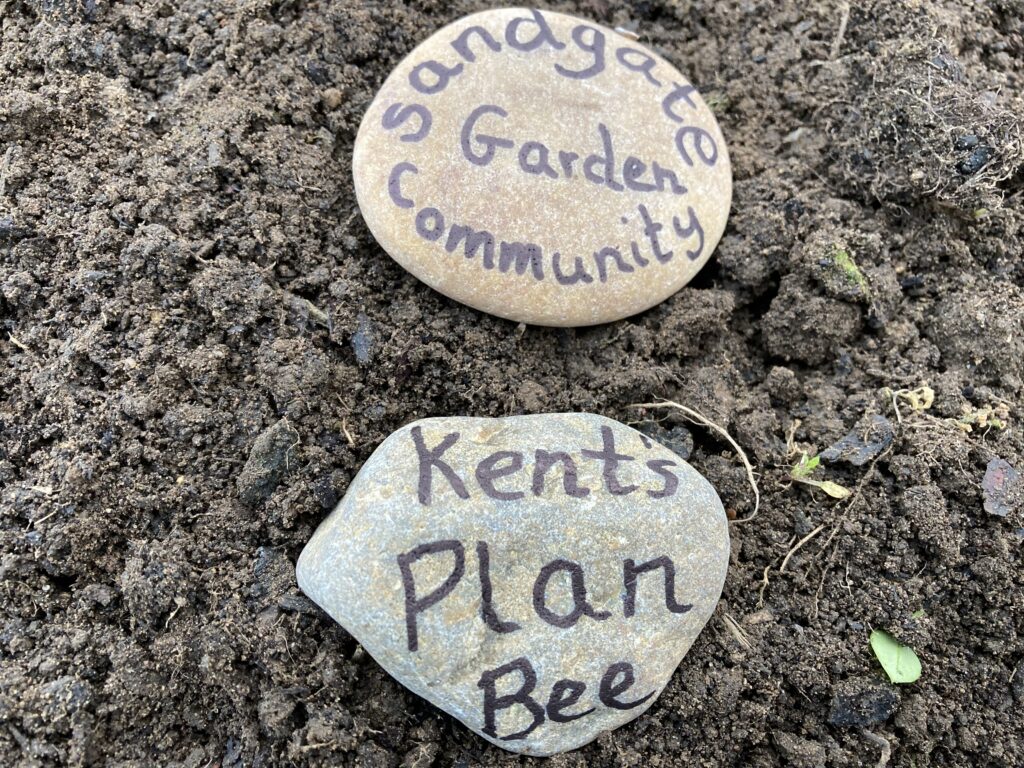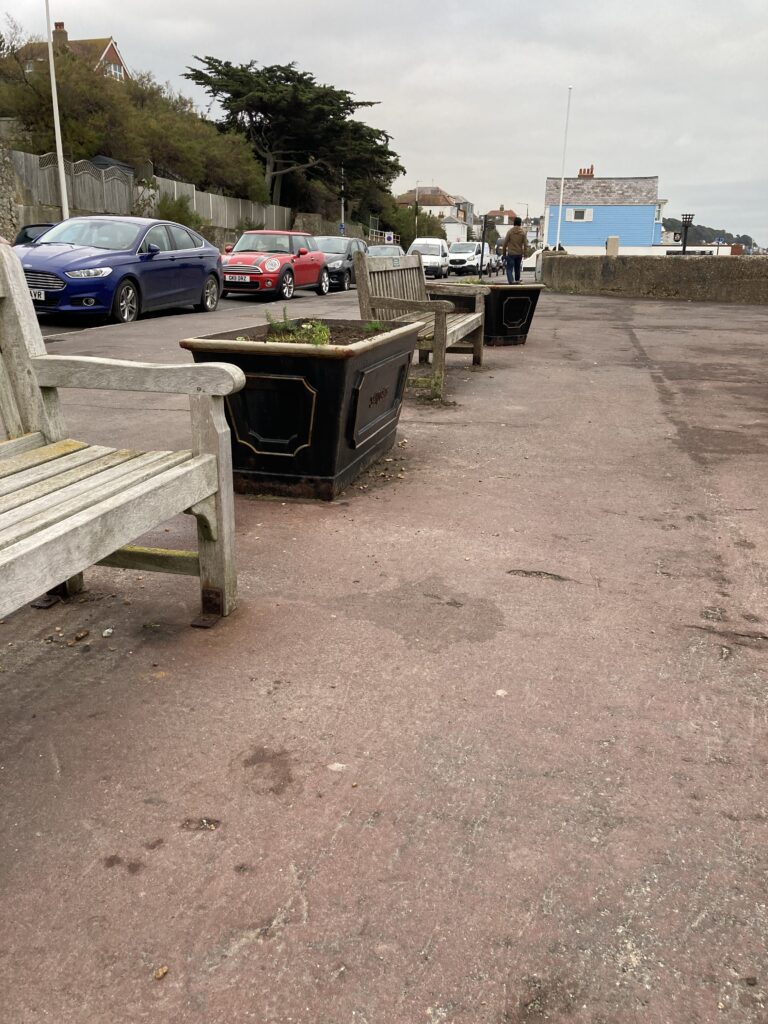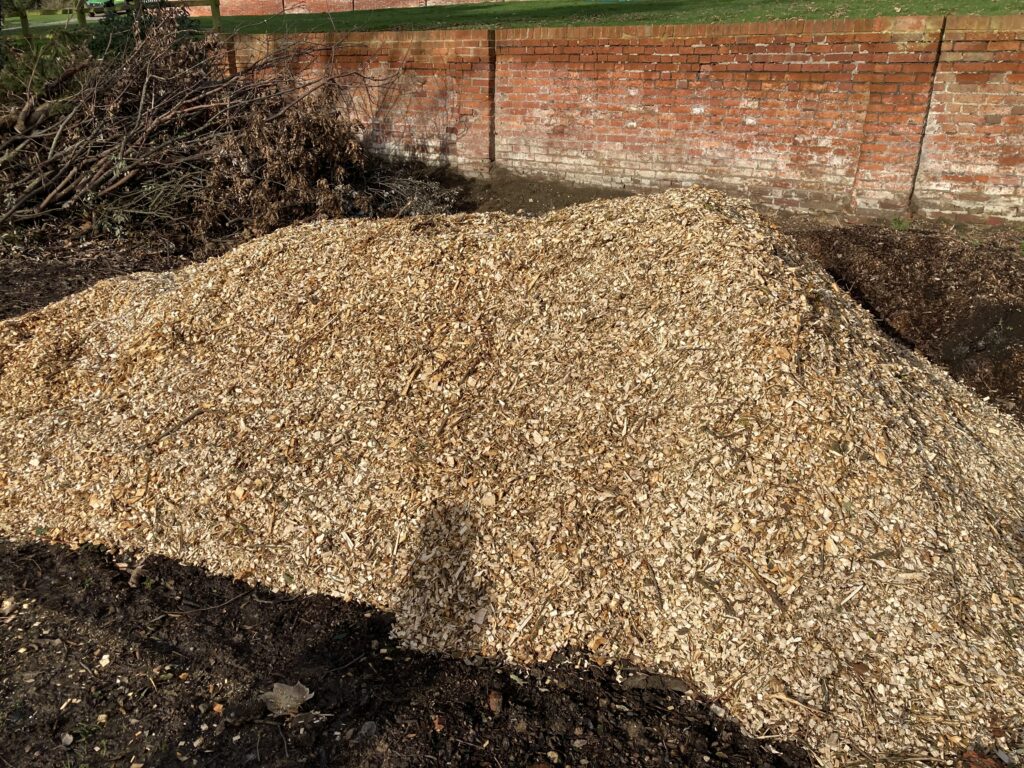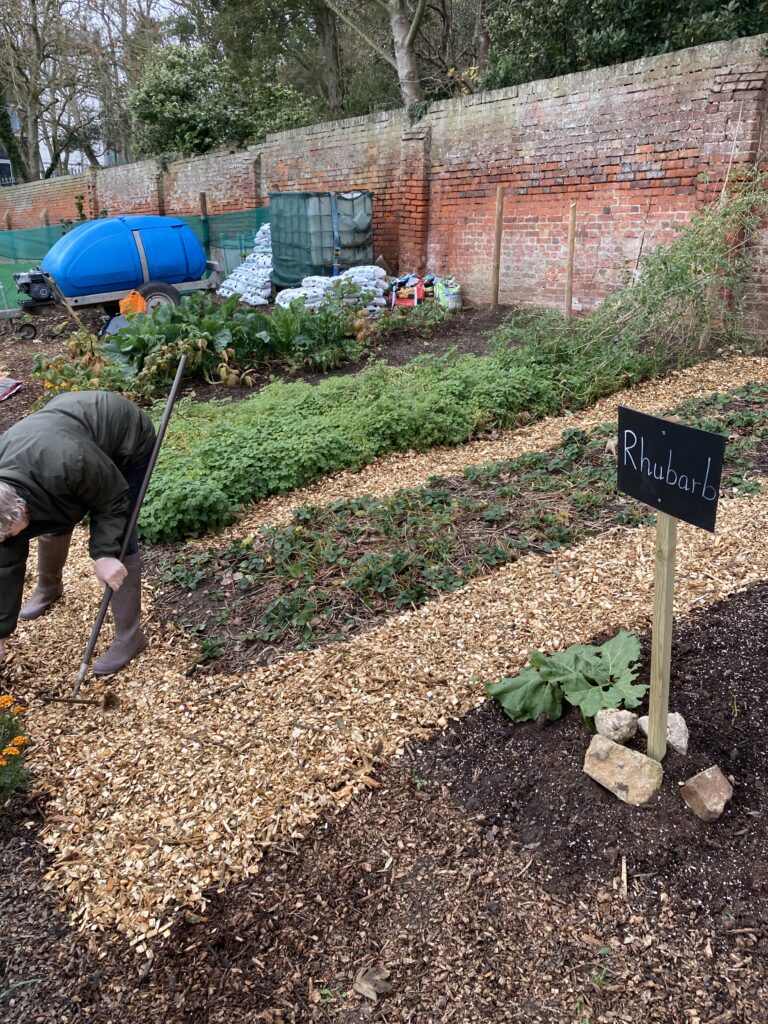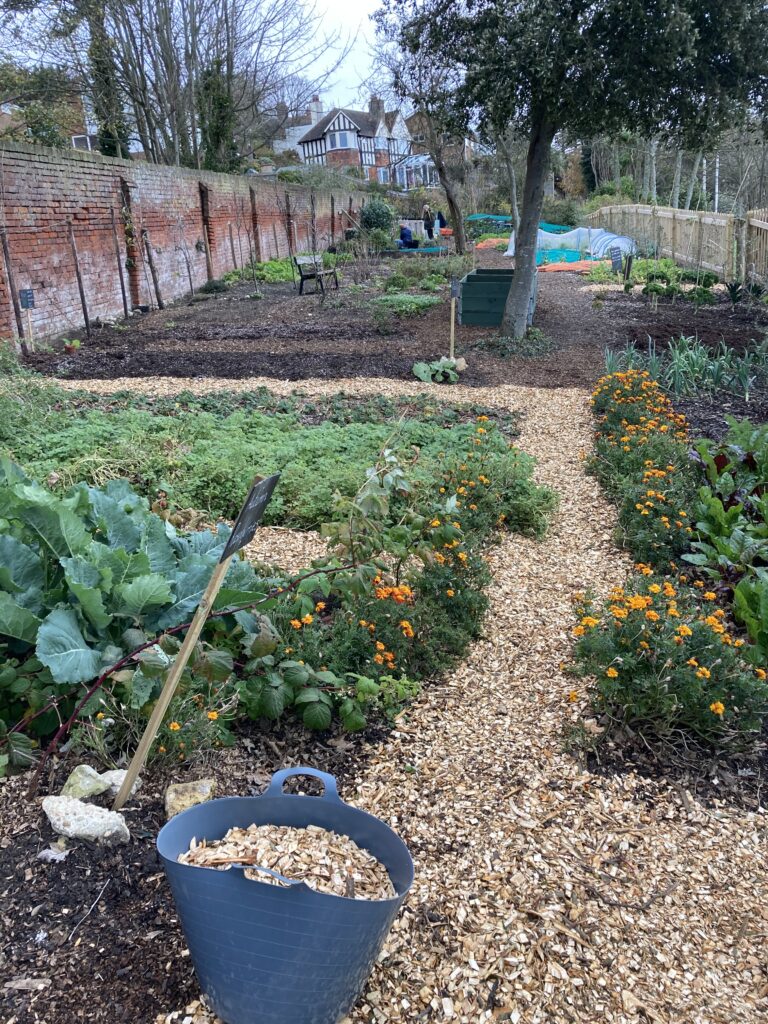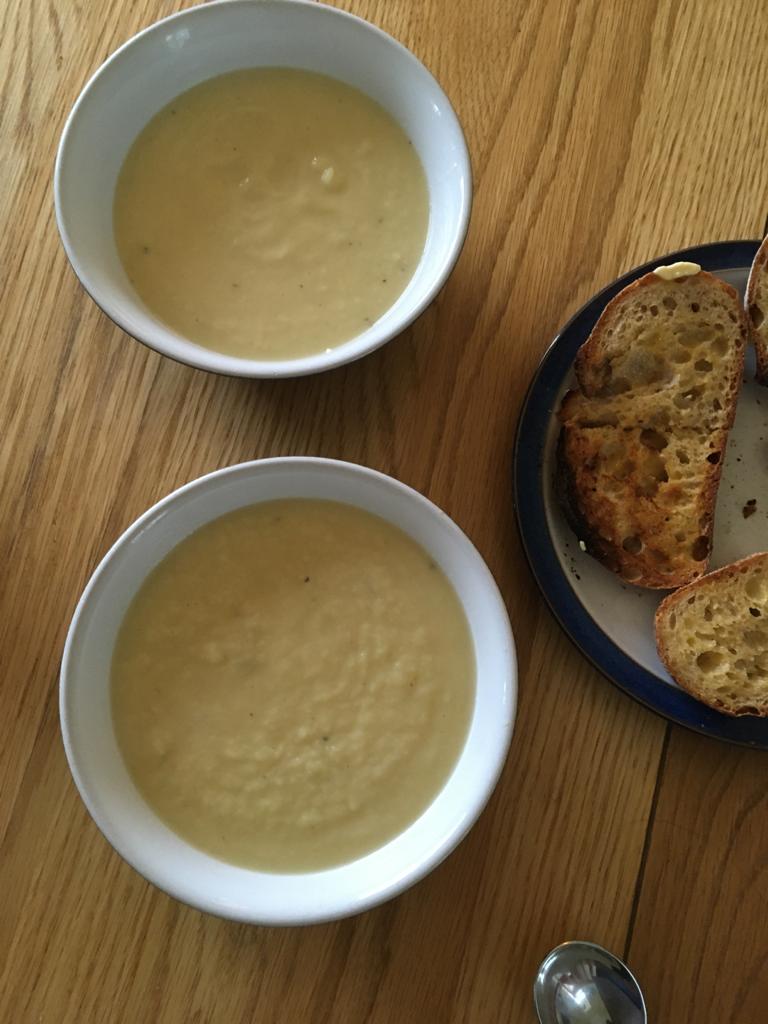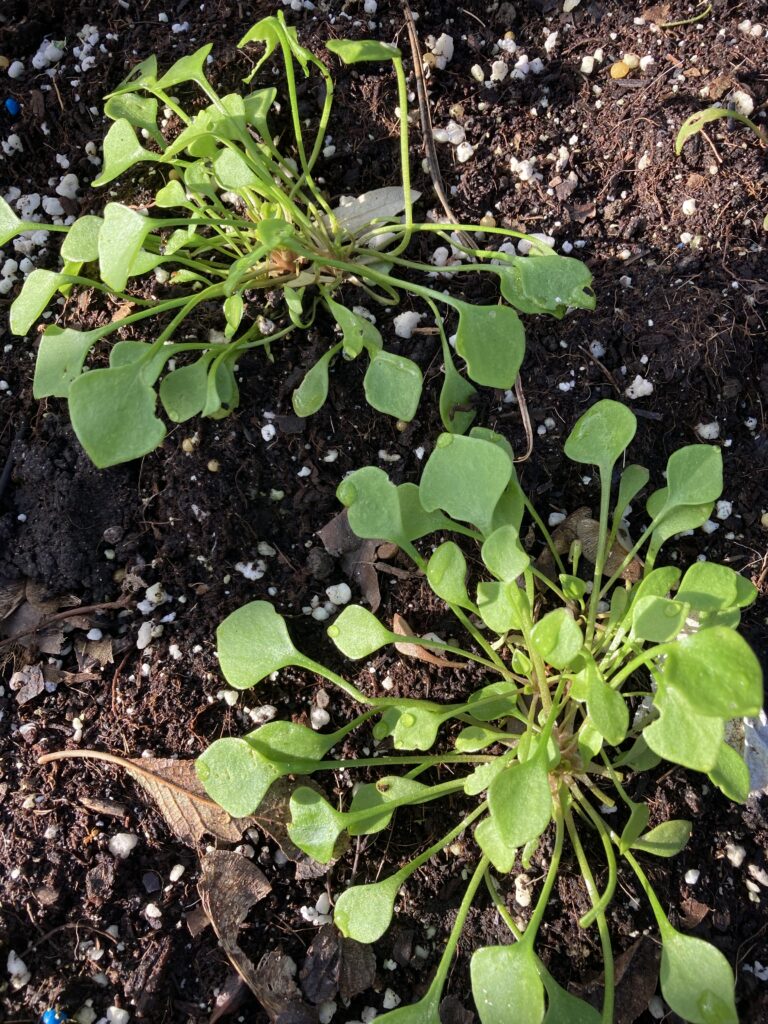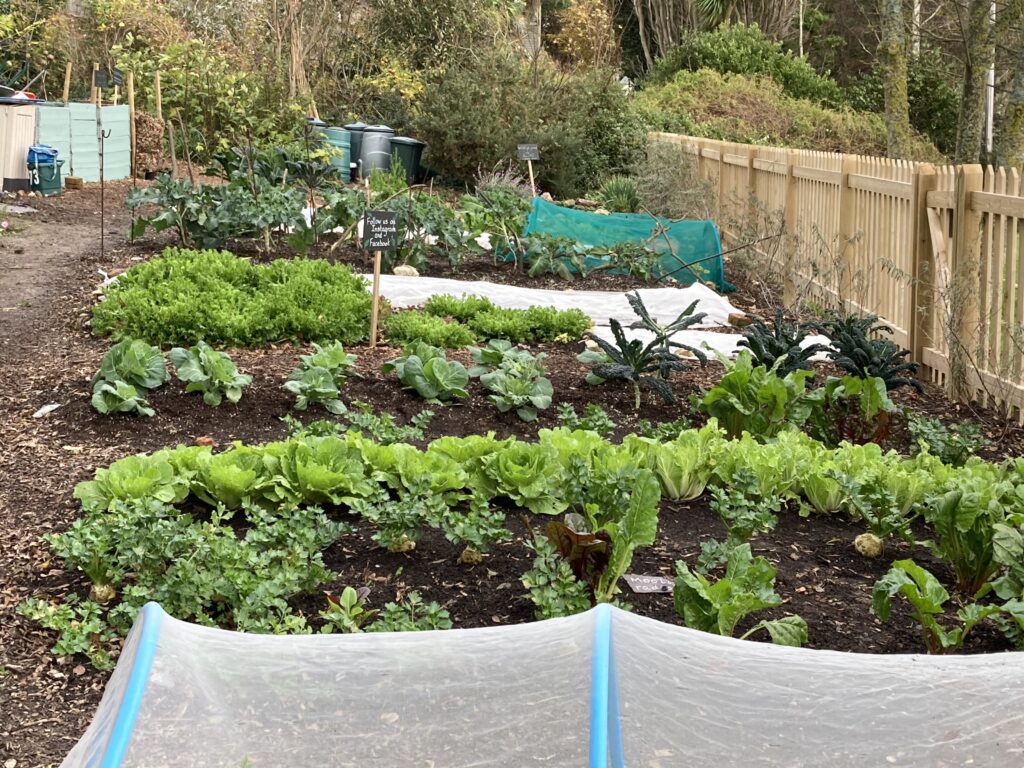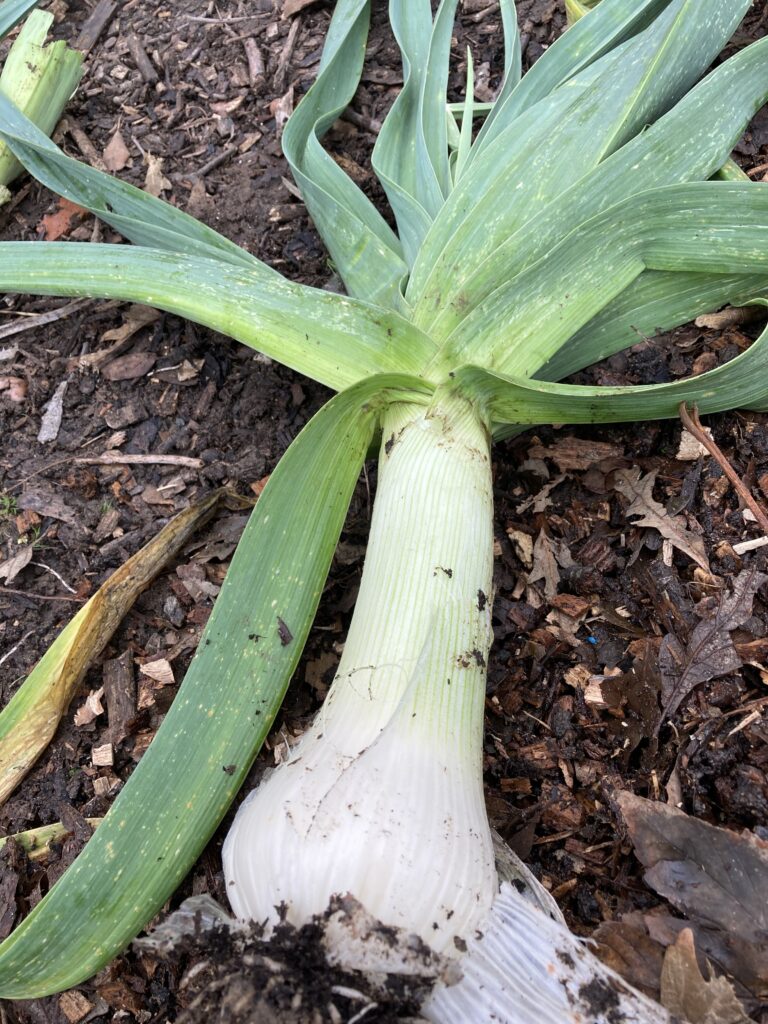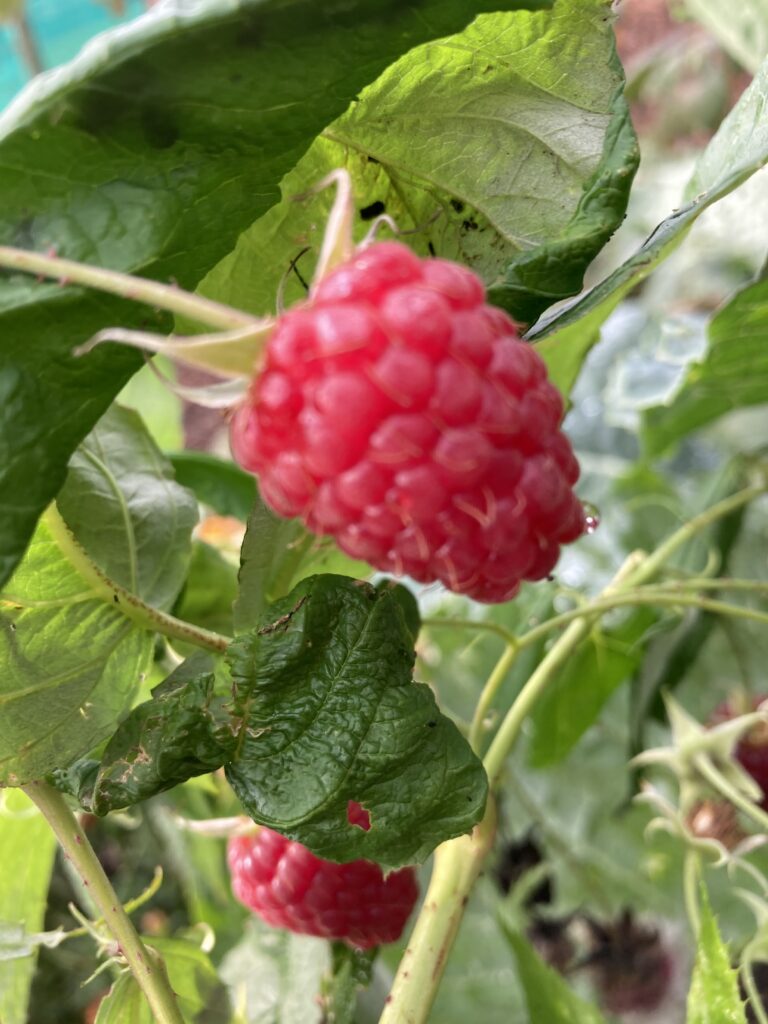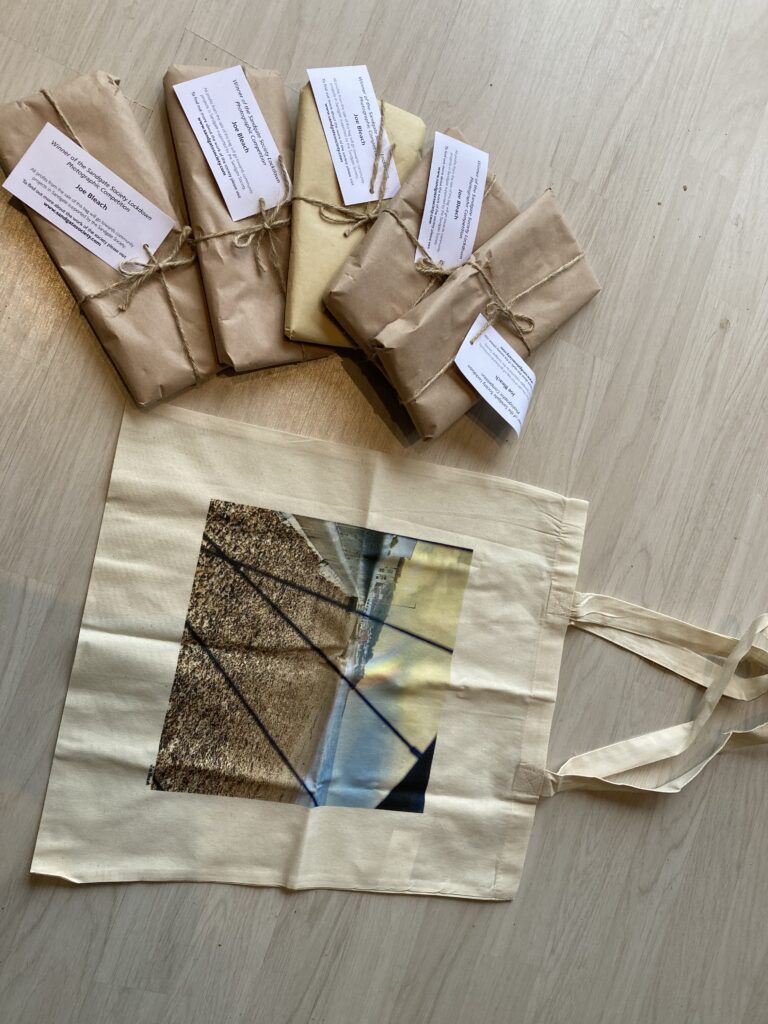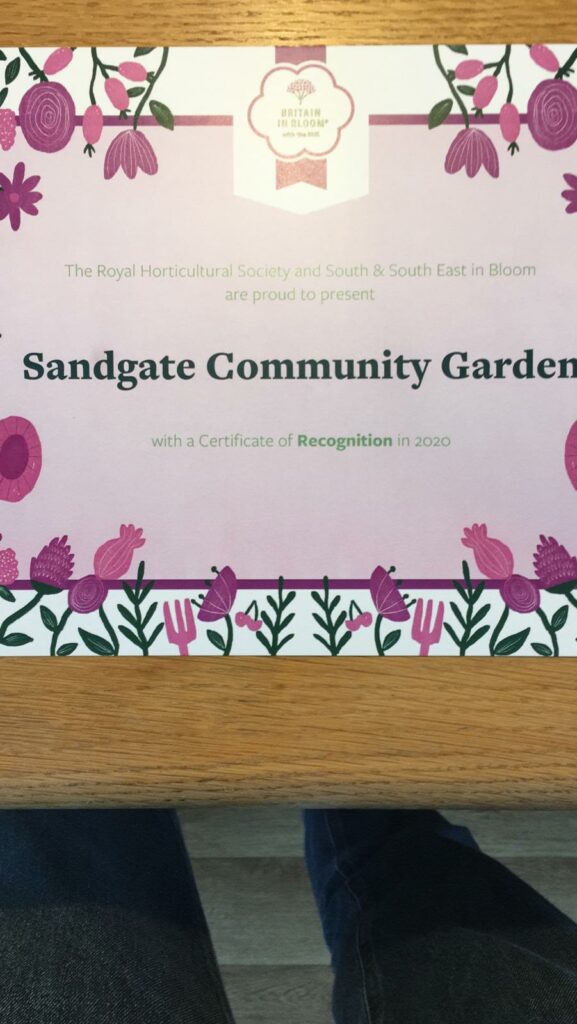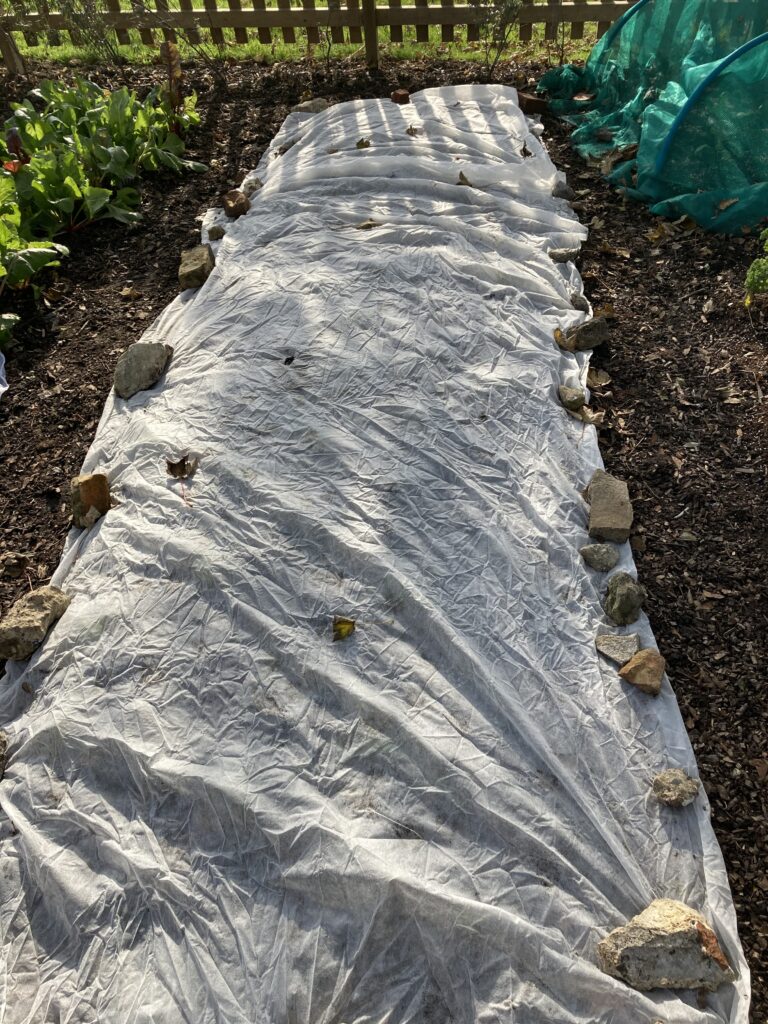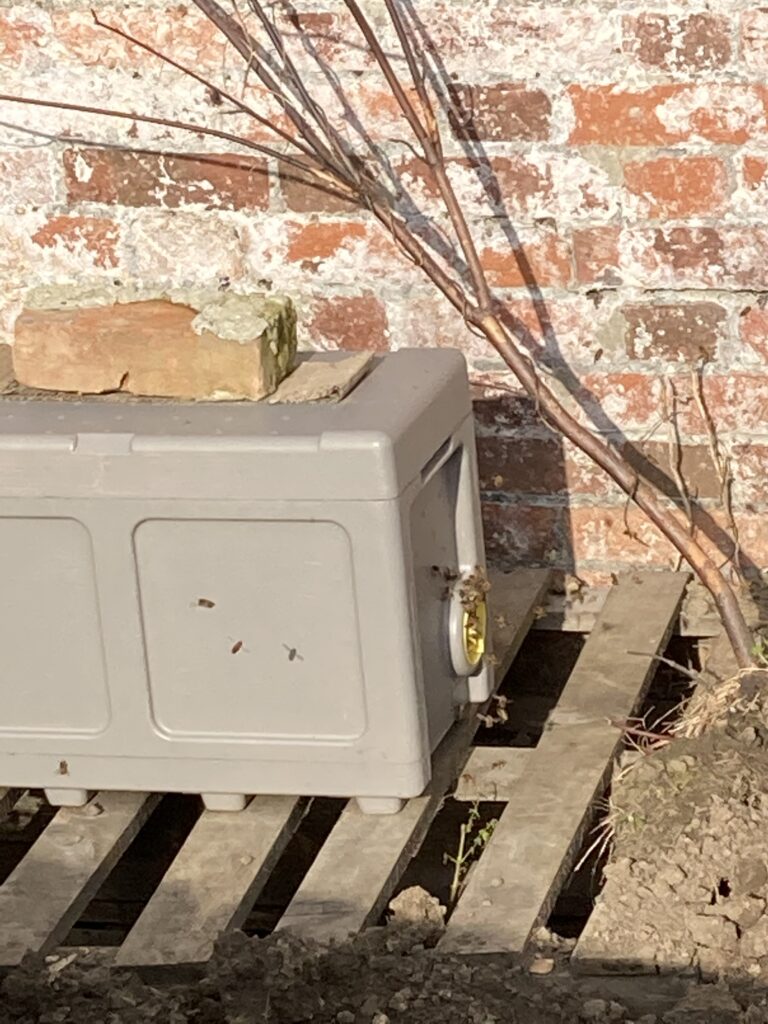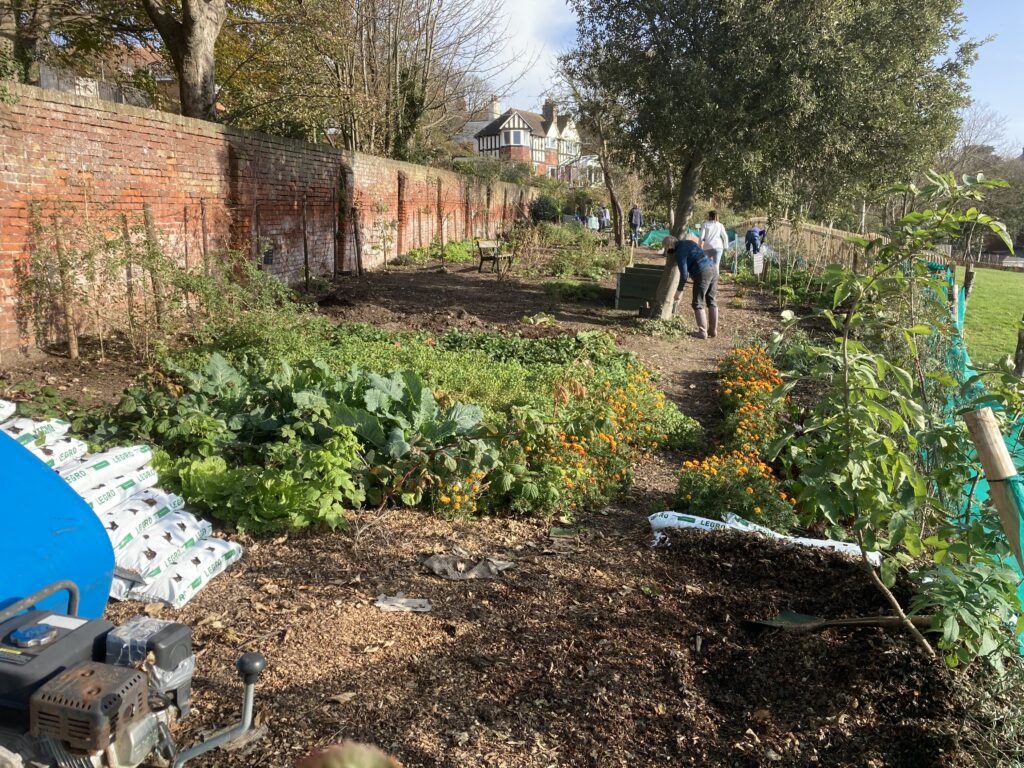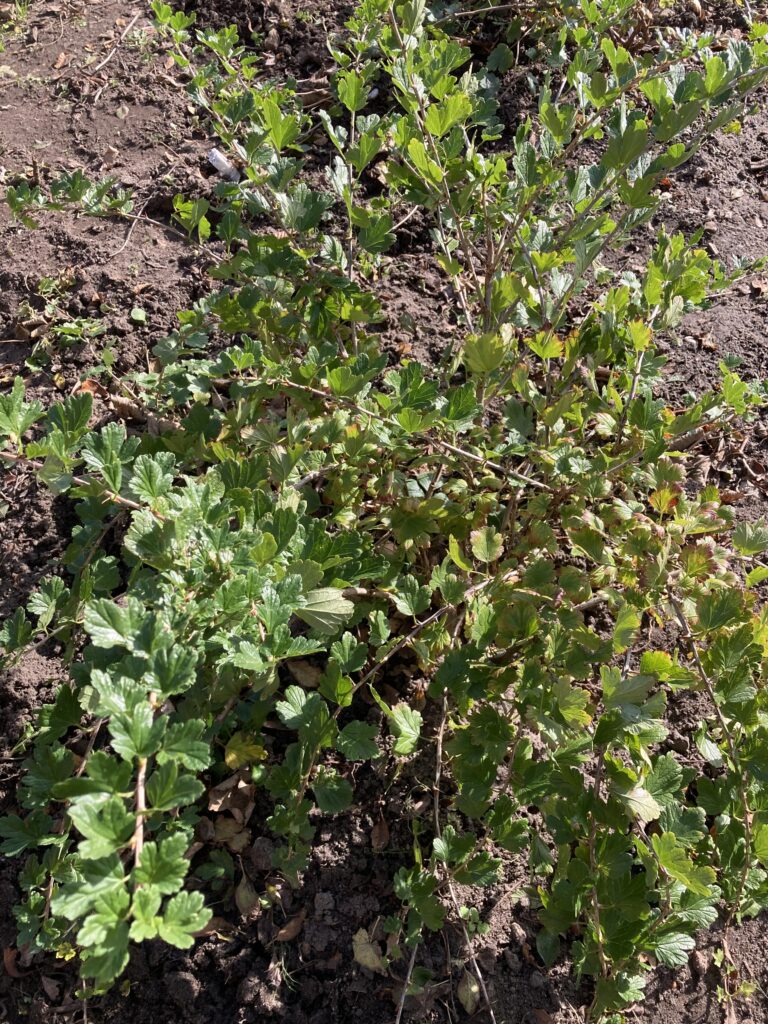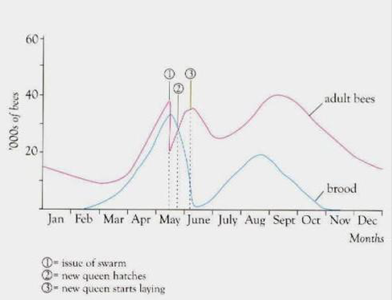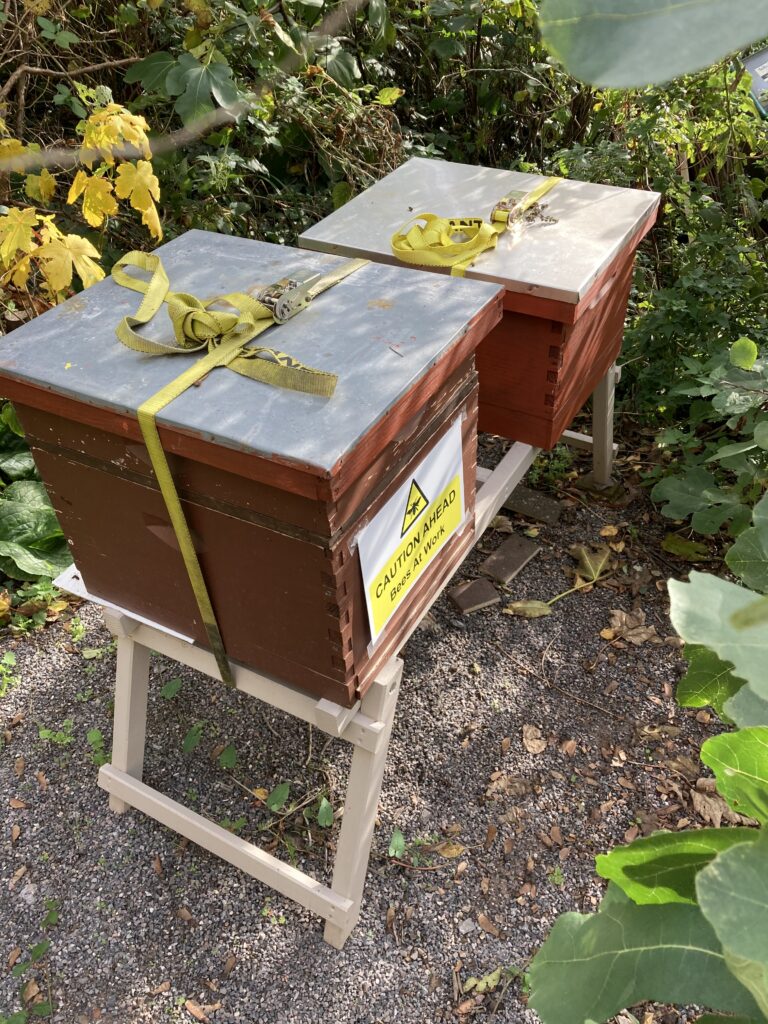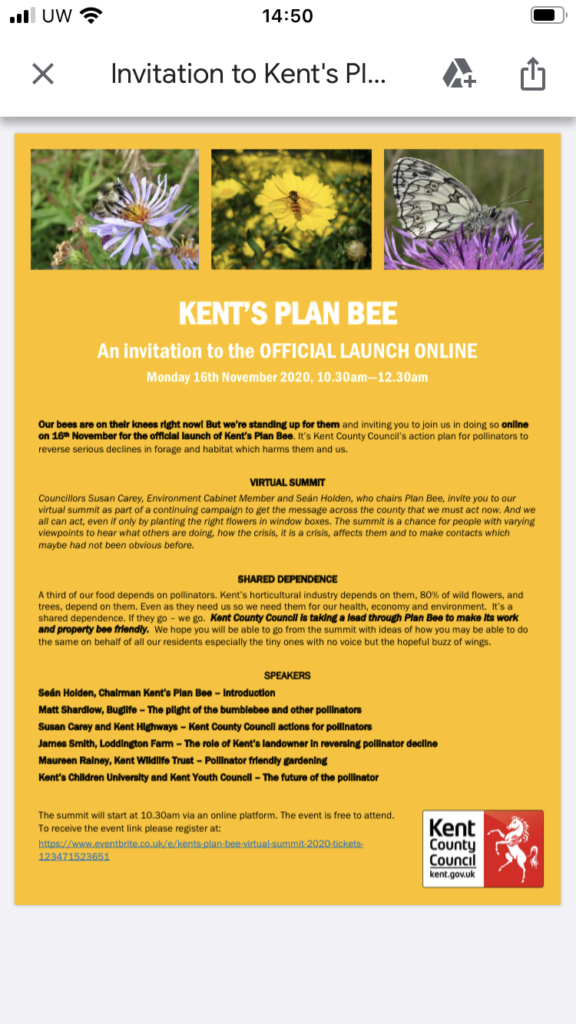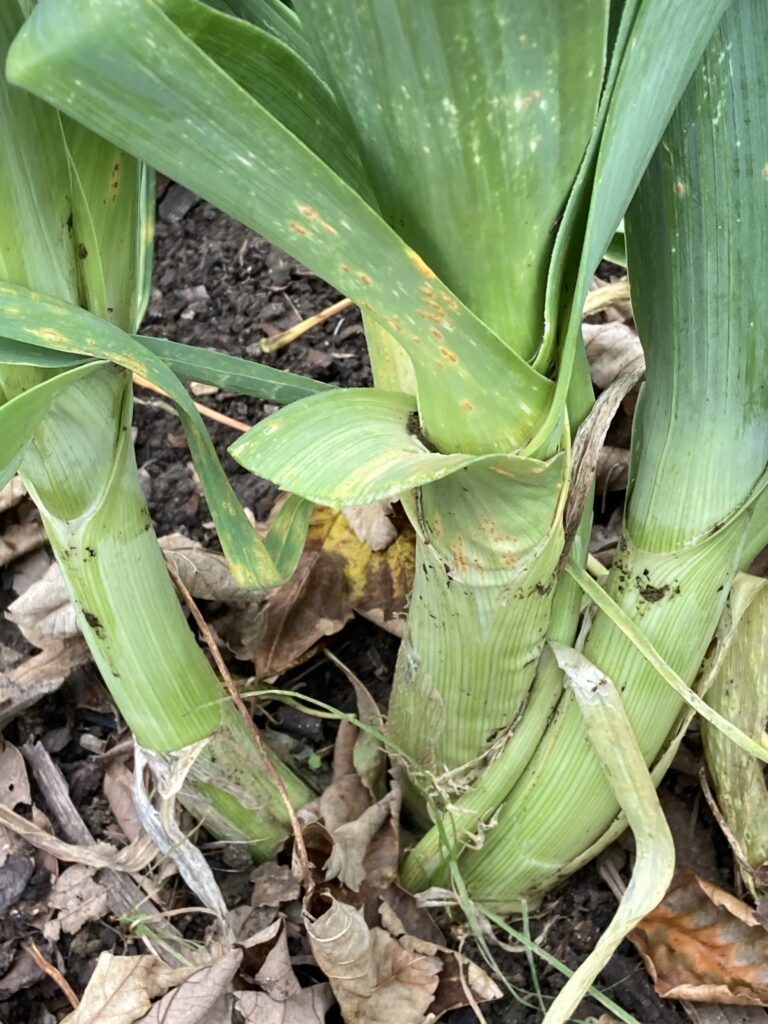Happy New Year!
Fortunately we did not suffer much in the way of damage following Storm Bella last week, just a snapped sign and a few covers escaped – it could have been much worse. Neither have we experienced much in the way of frost compared with much of the country. The pond had a thin covering of ice, but it quickly melted. However it is being hinted that we are to experience much colder weather in the weeks to come.
The rainfall for December was 123.7mm locally, which seems quite a lot, although not as wet as October with 230.4mm. The driest month last year seems to be April with just 13.5mm of rain.
We are still keeping an eye on the pond, and removing any debris that falls or gets blown in, as this can affect the water quality. Now a year old, we are starting to see the fruits of our labours as regards pond wildlife, and we have seen plenty of water snails as well as dragonfly larvae this week whilst fishing for leaves. Dragonfly larvae can live in the pond for up to five years, depending on their type, until they emerge and fly away; such an incredible metamorphosis. We shall continue to monitor what appears in the pond with great interest.
Apart from observing the pond wildlife, we occasionally put up the outdoor camera to check on the nocturnal visitors to the garden. During December we were visited by various foxes, identifiable by their different tail shapes. There was no evidence of any badgers which we did see in the warmer months. On investigation it seems that the badgers are preferring to stay tucked up underground during December, although not hibernating, whilst the foxes are out and about marking out territories and generally making lots of noise as mating season approaches. As well as foxes, we saw a few unidentified flying objects, which could have been anything, and a couple of locals bringing their veg peelings up to our compost bins!
The compost bins have now been labelled 1, 2 and 3 to help identify which bin is doing what, and so gardeners and locals know where to put garden pruning or kitchen fruit and veg waste. There are some photographs below showing the system. Bin number 1 is always the current active bin for fresh additions, and you can see it has identifiable leaves and peelings. The next picture shows the top of bin 2, with probably about three to four months old compost inside and brandling worms in evidence, still working on it. Bin number 3 has previously been turned out from bin 2, and is ready for use. To recap – always put any fresh additions in bin number 1. Our healthy compost is vital to the garden and it now seems that the RHS is in agreement; Chelsea Flower Show gardeners will now also be judged on the health of their soil, at last the importance of good soil structure is starting to be recognised, but there is still much to be done on that subject in the UK.
It might seem that there is little to do this time of year but that can depend like most things on how much depth you wish to go to, or how long that piece of string is, there are always things to be done.
What’s next?
- Clear the last of the oca
- Clear the last of the parsnips
- Mulch where the oca and endives were
- Keep bringing the wood chips up from the lower wall.
- Hoe along outside edge of the fence line and the outside wall
- Cut back sedge grass and bramble on bee hive path

Ice on the pond 
Dragonfly larvae 
Compost bins 1, 2 and 3 
Compost bin 2 and brandling worms 
Compost bin 1 inside


